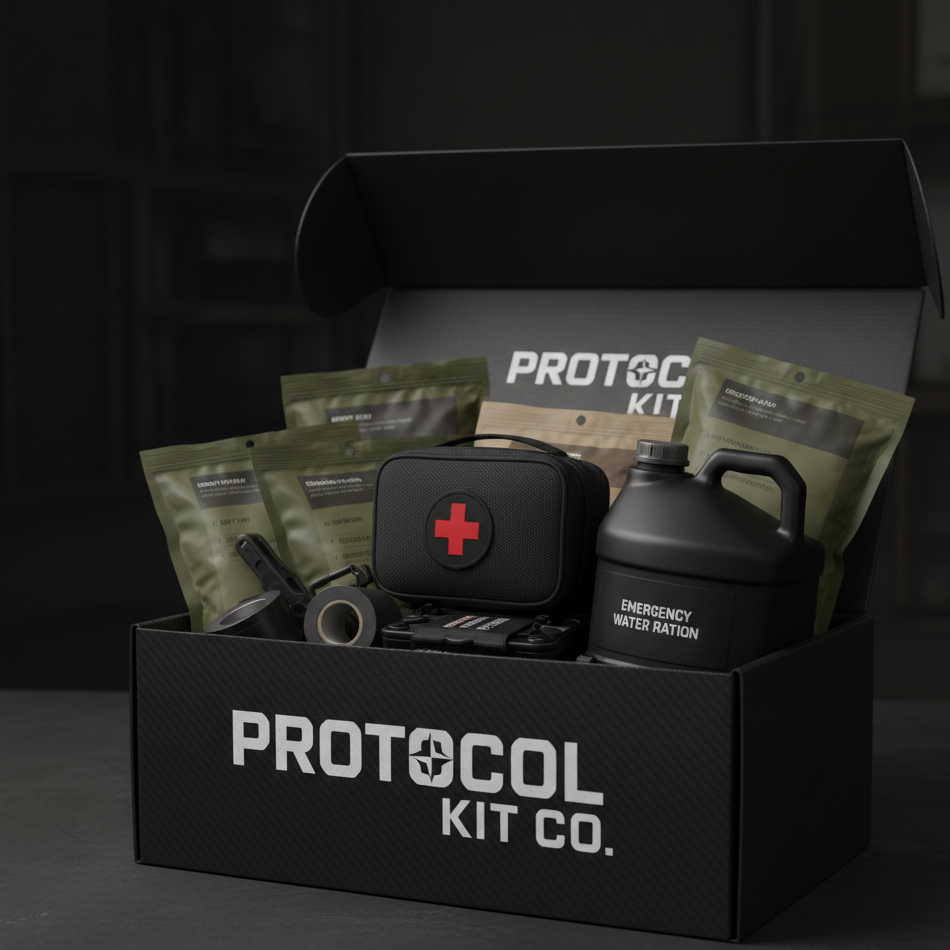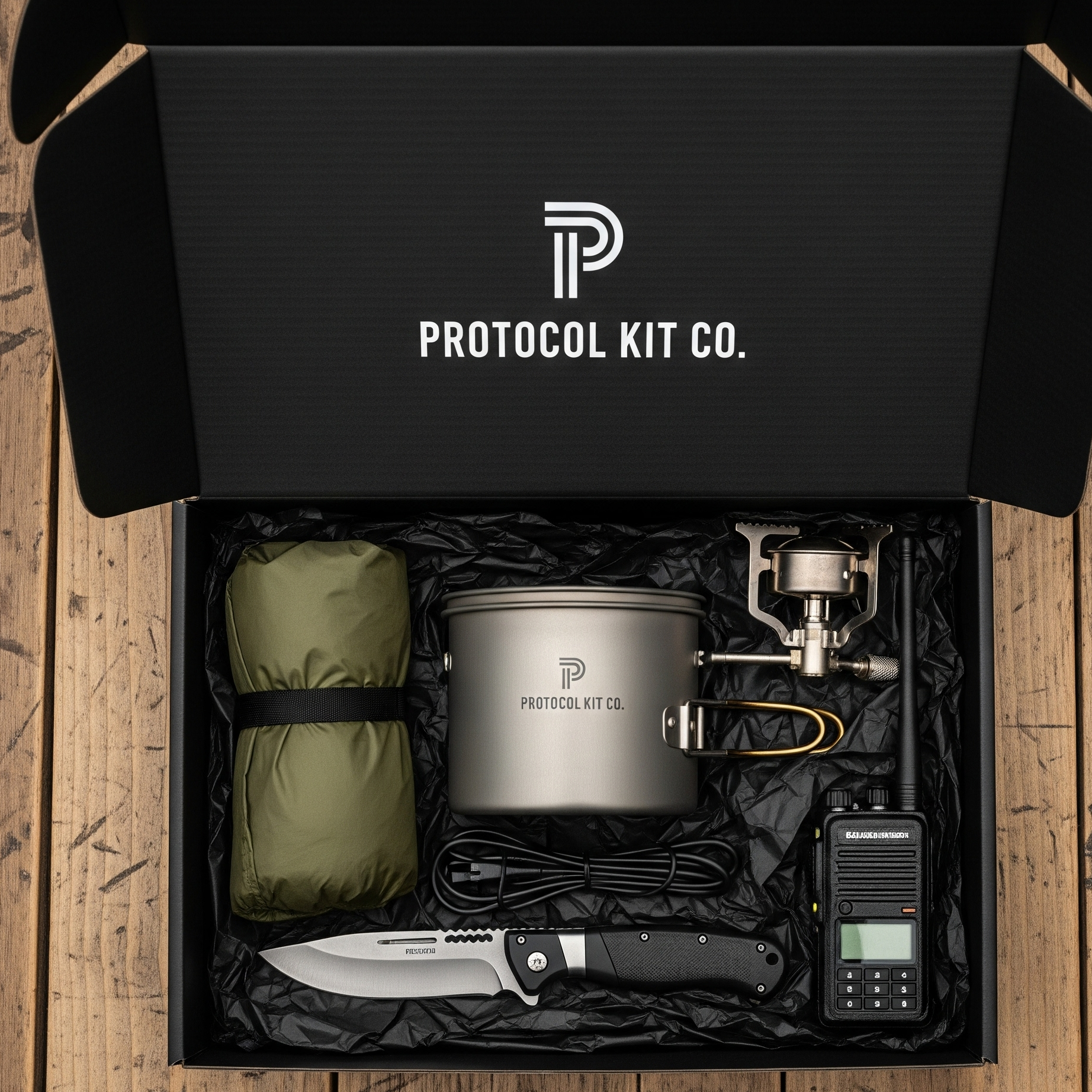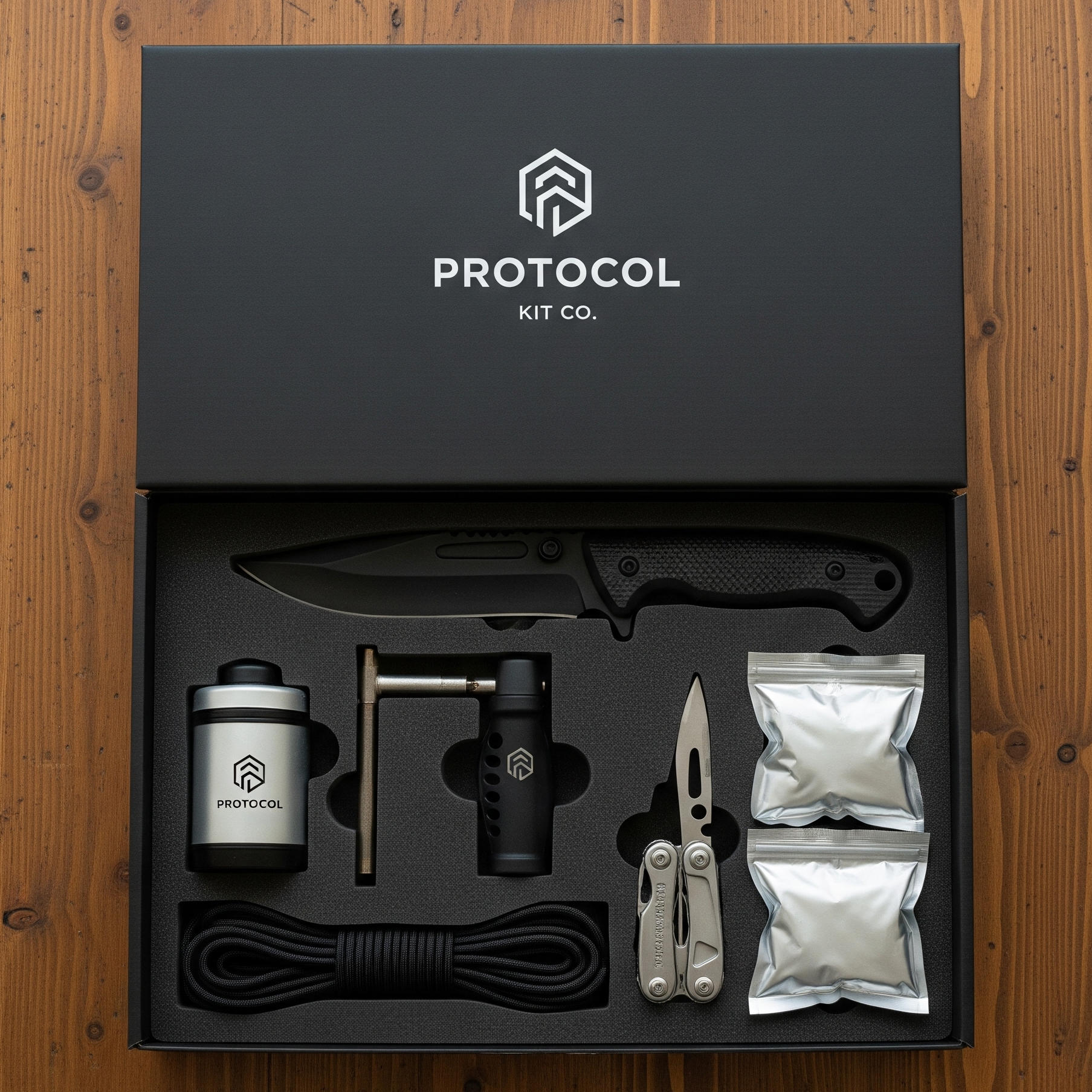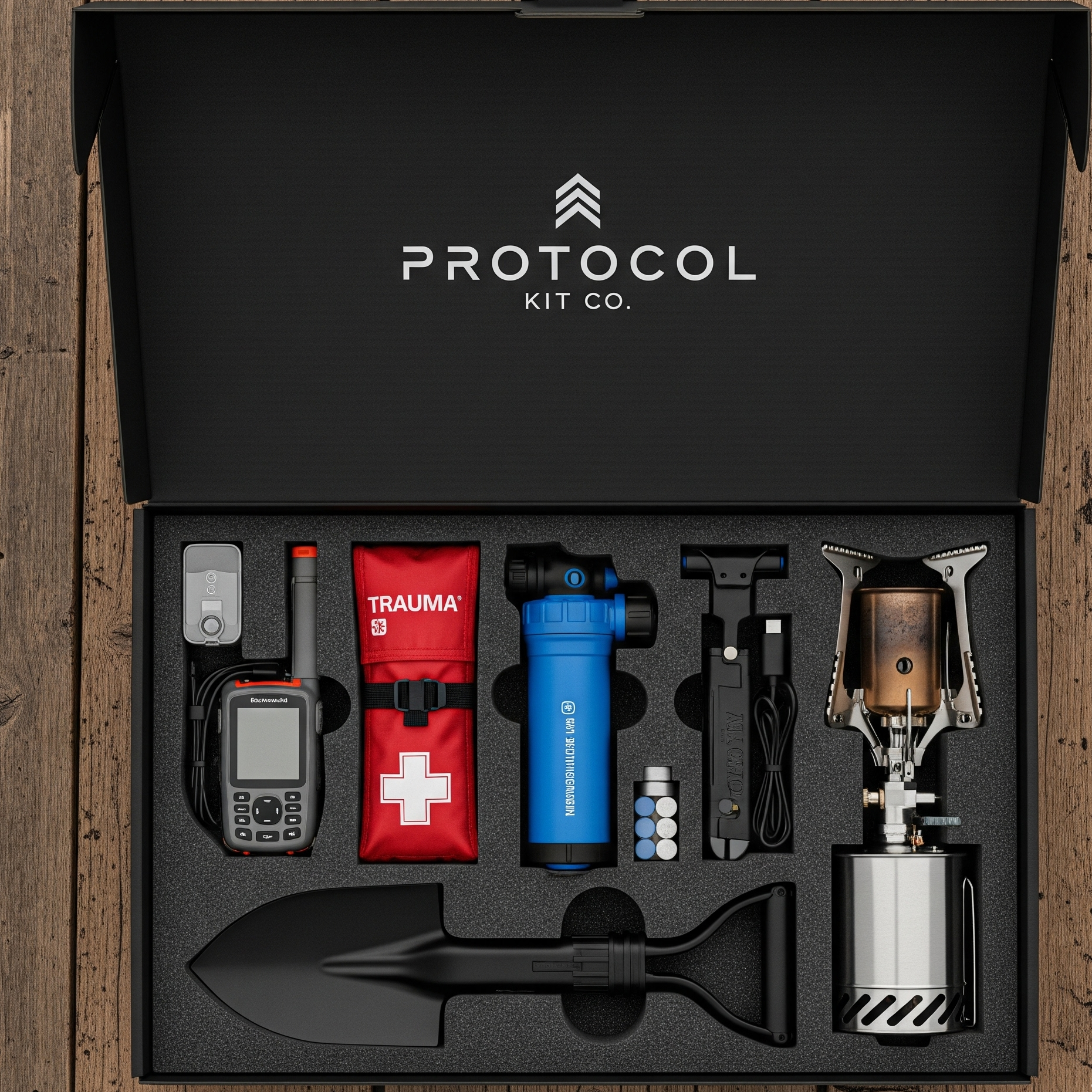In an emergency, access to clean, safe drinking water can be a matter of life and death. Whether it's a natural disaster, a power outage, or a "boil water" advisory, having a personal supply of water can provide peace of mind and ensure the well-being of your family. This guide will walk you through everything you need to know about emergency water storage, from how much you need to where and how to store it safely.
How Much Water Should I Store for an Emergency?
The general rule of thumb is to store at least one gallon of water per person per day. This amount is intended to cover drinking, food preparation, and basic hygiene. For a 3-day emergency supply, a family of four would need 12 gallons of water. However, it's always better to have more than you think you'll need.
Here’s a breakdown of how much water to store for different family sizes and emergency durations:
Special Considerations:
-
Climate: If you live in a hot climate, you'll need to store more water.
-
Health: Pregnant women, nursing mothers, and people with certain medical conditions may require more water.
-
Children: Children also have increased water needs, especially in hot weather.
-
Pets: Don't forget your furry friends! Store at least one gallon of water per pet for a three-day supply.
How to Store Water for an Emergency
You have two main options when it comes to storing water for emergencies: purchasing commercially bottled water or storing tap water in your own containers.
Commercially Bottled Water:
This is the safest and most convenient option. Bottled water is sealed in sanitary containers and has a long shelf life. Keep the water in its original container and don't open it until you need it.
Storing Tap Water:
If you choose to store tap water, it's crucial to do so correctly to prevent contamination. Here's how:
-
Choose the right containers: Use food-grade plastic containers. Look for the recycling symbols #1, #2, or #4. Good options include 2-liter soda bottles or commercially available water storage containers. Avoid milk jugs, as the plastic is difficult to clean and can break down over time.
-
Clean and sanitize your containers: Before filling, wash the containers with soap and water and rinse thoroughly. Then, sanitize them with a solution of 1 teaspoon of unscented liquid household bleach per quart of water. Shake the solution in the container so it touches all surfaces, then rinse with clean water.
-
Fill the containers: Fill the containers with tap water, leaving a small amount of space at the top.
-
Seal and label: Seal the containers tightly and label them with the date.
Where to Store Emergency Water
The ideal storage location for your emergency water supply is a cool, dark, and dry place. Basements, closets, and garages are all good options. Here are a few things to keep in mind:
-
Avoid direct sunlight: Sunlight can promote the growth of algae and bacteria.
-
Keep it away from chemicals: Don't store your water near gasoline, pesticides, or other toxic substances, as the vapors can penetrate the plastic.
-
Store off the ground: If possible, store your water containers on shelves or pallets to protect them from flooding and pests.
We go more into Emergency Water Purification, Storage, and Sourcing here.
How Long Can I Store Water for an Emergency?
Commercially Bottled Water:
Commercially bottled water can be stored indefinitely, although it may not taste as fresh after a few years. Check the expiration date on the bottle, but the water should still be safe to drink long after that date.
Stored Tap Water:
If you've stored your own tap water, you should replace it every six months. This will ensure that it remains fresh and safe to drink. To improve the taste of stored water, you can pour it back and forth between two clean containers to aerate it.
How to Store Tap Water for an Emergency (In-Depth)
For those who want a more detailed guide on storing tap water, here are some additional tips:
-
Treating the water: If your water comes from a public source, it's already been treated and is safe to store. However, if you have a well or are unsure about the safety of your water, you can treat it with unscented liquid household bleach before storing it. Use a 5.25% to 6% sodium hypochlorite solution. Add 1/8 teaspoon (about 8 drops) of bleach for every gallon of water.
-
Filtering: If the water is cloudy, you should filter it through a clean cloth, paper towel, or coffee filter before treating it.
-
Boiling: In an emergency, you can also make water safe to drink by boiling it. Bring the water to a rolling boil for at least one minute.
The Bottom Line
Having a supply of clean water is a critical part of any emergency preparedness plan. By following the guidelines in this article, you can ensure that you and your family have the water you need to stay safe and healthy during a crisis.
For a more comprehensive guide to water purification, storage, and sourcing, check out our pillar post: The Ultimate Guide to Emergency Water Purification, Storage, and Sourcing.




